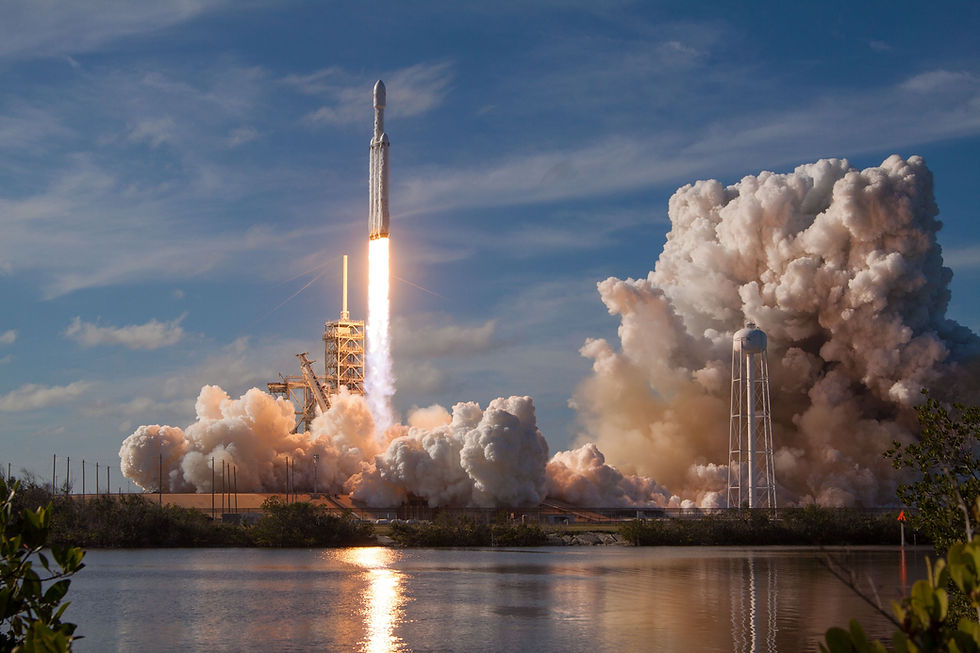Cloning Dinosaurs
- Azlan Rehman Shah
- Apr 14
- 2 min read
Updated: Apr 28
The Science of Cloning Dinosaurs: Fantasy or Future?
The idea of cloning dinosaurs has long captured the imagination of the public, thanks in large part to blockbuster films like Jurassic Park. But while Hollywood has brought dinosaurs back to life with CGI and creative storytelling, how close are we really to resurrecting these ancient beasts using actual science?
At the heart of the concept is cloning, a process by which scientists create a genetically identical copy of an organism. This has already been successfully done with animals like sheep (Dolly being the most famous example), dogs, cats, and even endangered species. However, cloning a dinosaur presents far more complex challenges than cloning a modern-day mammal.
The DNA Dilemma
Cloning relies on access to high-quality intact DNA, the blueprint of life. Unfortunately, DNA degrades over time, and the half-life of DNA means it breaks down significantly after about 500 years. Dinosaurs, having gone extinct around 65 million years ago, are far beyond the reach of recoverable DNA—at least with current technology. While scientists have discovered fossils containing trace molecules like proteins or collagen, no authentic, complete dinosaur DNA has been found.
Some promising leads have come from well-preserved fossils where soft tissue or blood vessel structures seem intact. However, most experts agree these findings are not enough to reconstruct a full genome. Without a near-complete strand of dinosaur DNA, cloning them remains impossible.

Ancient DNA and Genetic Engineering
That hasn’t stopped researchers from exploring other methods. One theoretical approach is to reverse-engineer modern animals. Since birds are considered the closest living relatives of dinosaurs, some scientists are studying chicken DNA to identify and “reactivate” dormant genes that might express dinosaur-like traits. This field of research, sometimes called “de-extinction” or paleogenetics, aims not to clone dinosaurs but to create genetically engineered organisms that resemble them.
A notable experiment dubbed the “Chickenosaurus Project” attempts to reverse some of evolution’s edits by inducing bird embryos to develop ancestral features like teeth, claws, or tails. While still in early stages, it shows how gene-editing tools like CRISPR might allow us to simulate ancient species rather than resurrect them.
Ethical and Practical Concerns
Even if we could bring back a dinosaur, serious ethical questions arise. Where would it live? What would it eat? Could it survive in today’s ecosystems? And should we really bring back a creature that has been extinct for millions of years? There are also concerns about animal welfare, biodiversity, and the unpredictability of reintroducing ancient species.
The Verdict
Cloning a dinosaur from ancient DNA is, as of now, scientifically impossible. The technology behind cloning exists, but the raw materials—high-quality dinosaur DNA—do not. While advances in genetic engineering might one day produce dinosaur-like creatures, we are far from seeing a real Tyrannosaurus rex stomping through the jungle.
So, for the time being, dinosaurs belong to the realms of museums, fossils, and fiction. But with science evolving at lightning speed, who knows what the future holds? Perhaps one day, the line between science and science fiction might blur in ways we can’t yet imagine.












Comments